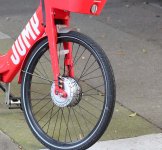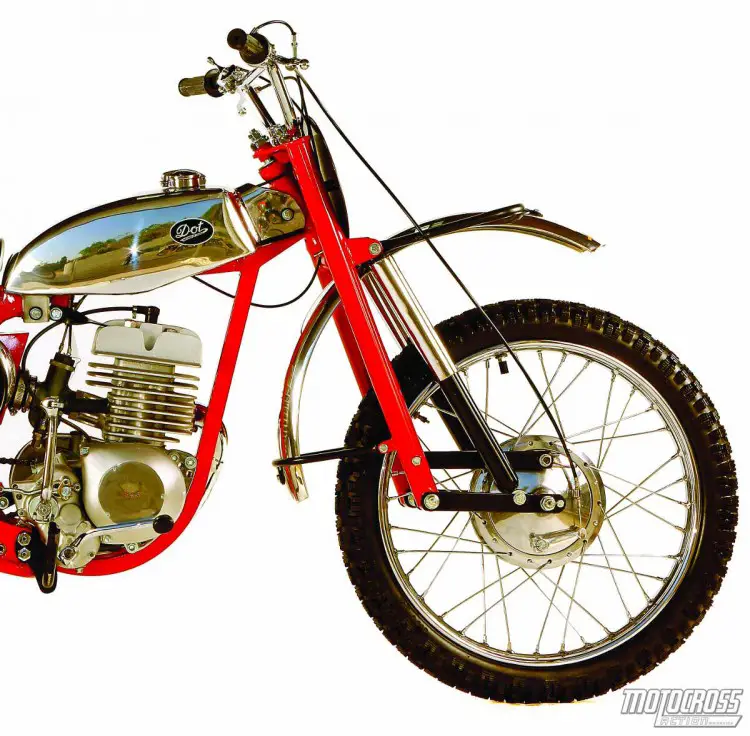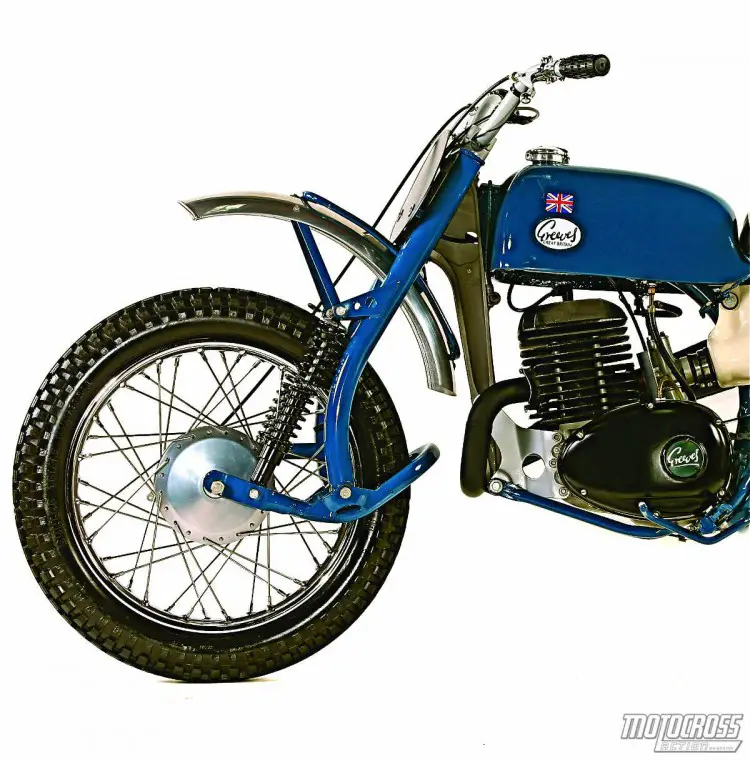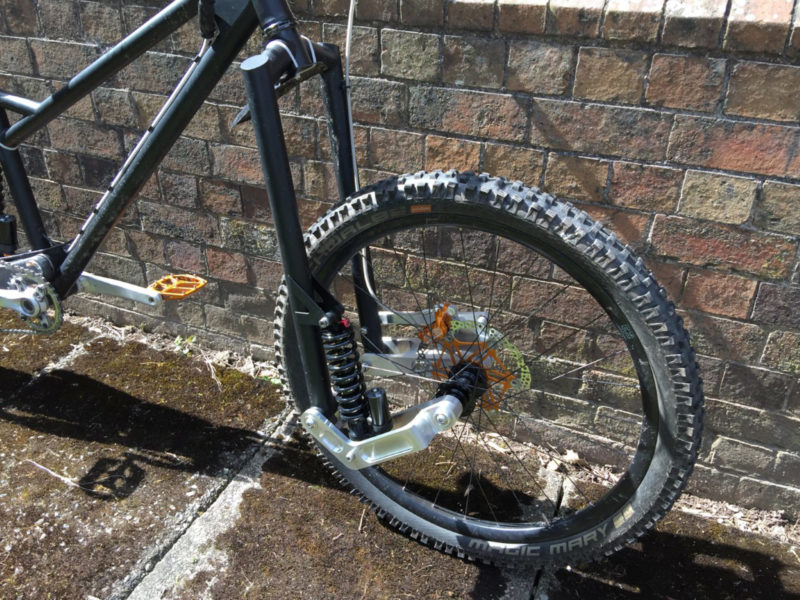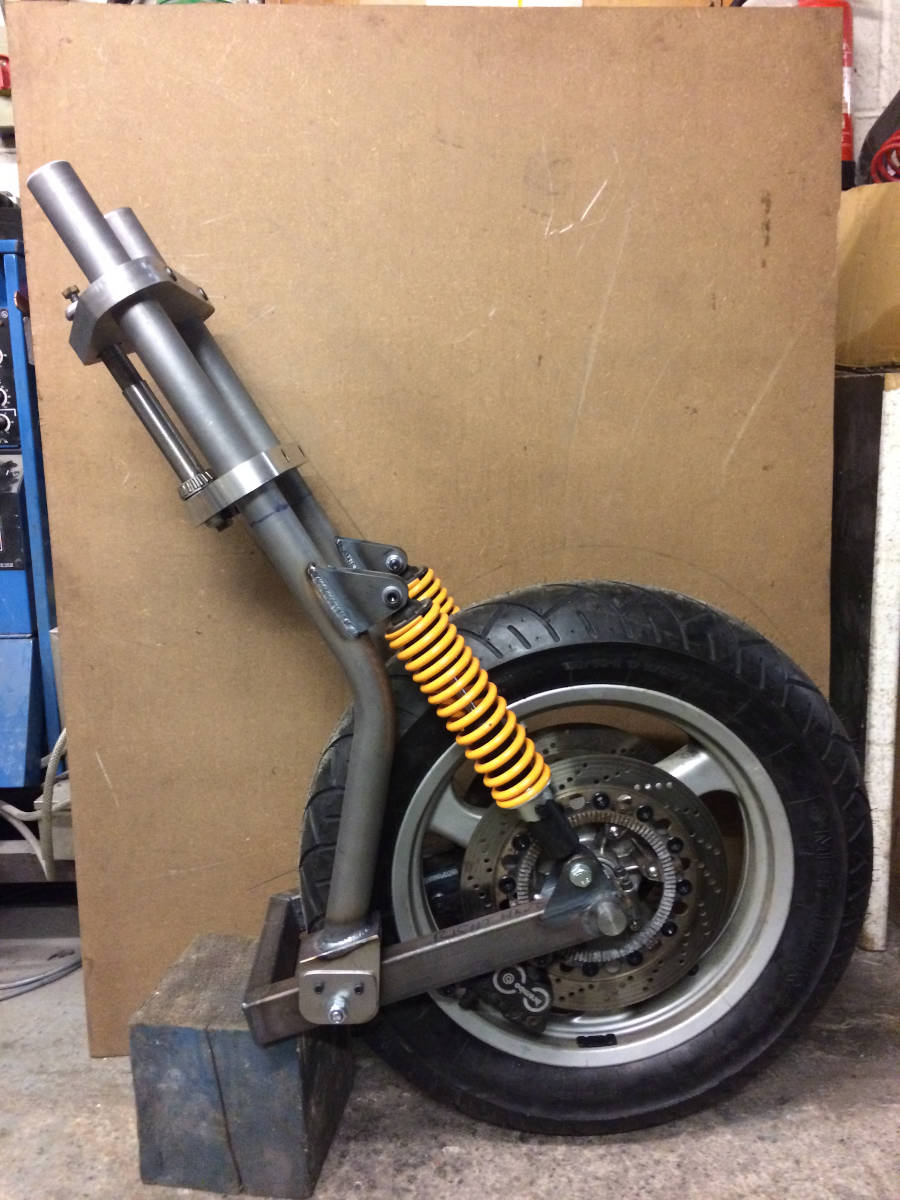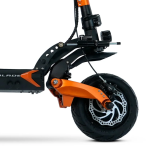taiwwa
1 W
In doing some research on the question of front forks housing hub motors, it appears risky. It can be done but the front fork is generally not engineered for powered applications.
but what if you did engineer a front fork for power applications? What would it look like?
I think that the arms of the fork would be more horizontal. they would also bend upwards, so the fork would look a little like a boomerang. The size of the headset and bearings would also be larger to accommodate the increased weight on the front.
this would require new standards and tooling.
but what if you did engineer a front fork for power applications? What would it look like?
I think that the arms of the fork would be more horizontal. they would also bend upwards, so the fork would look a little like a boomerang. The size of the headset and bearings would also be larger to accommodate the increased weight on the front.
this would require new standards and tooling.


